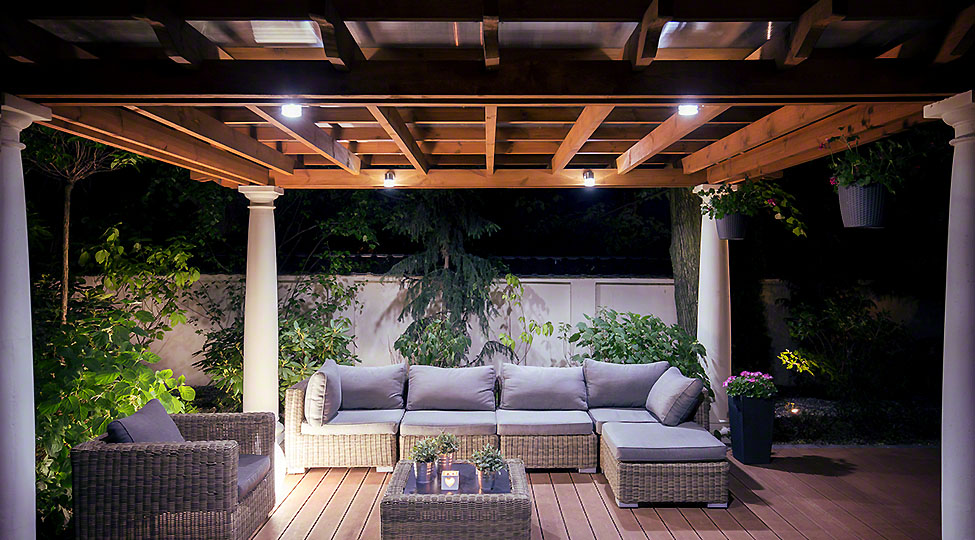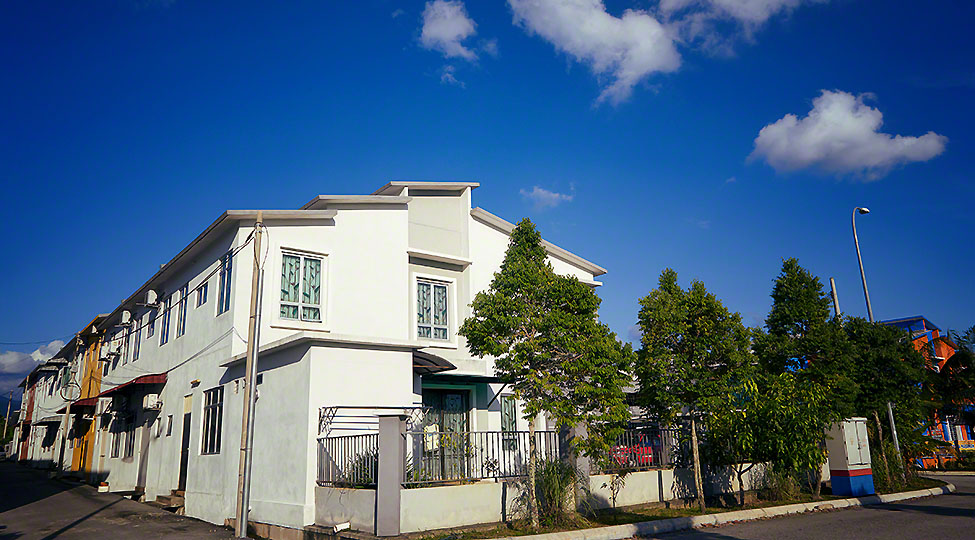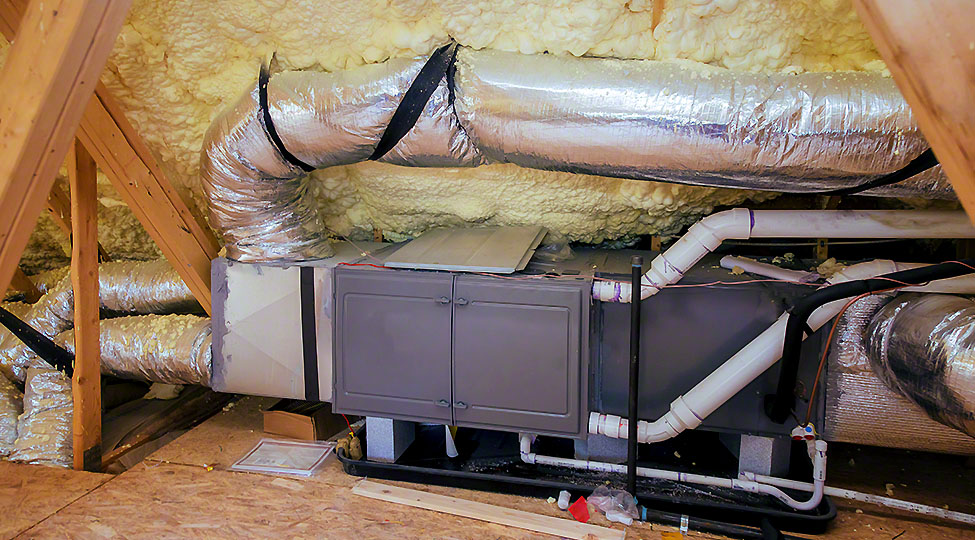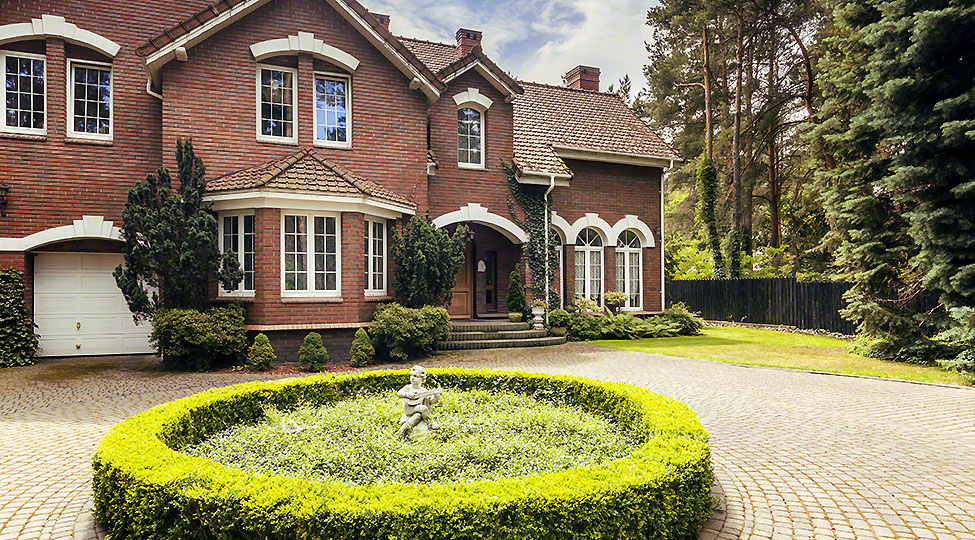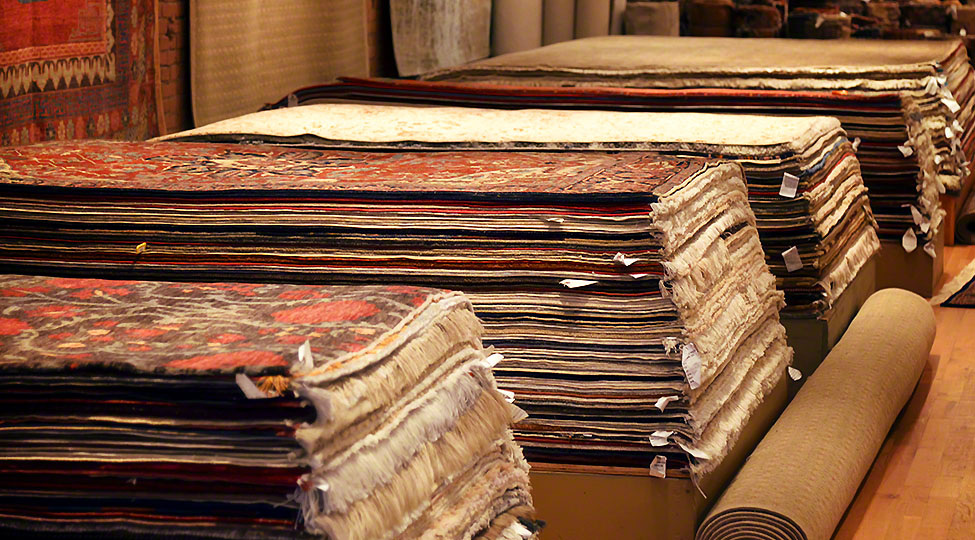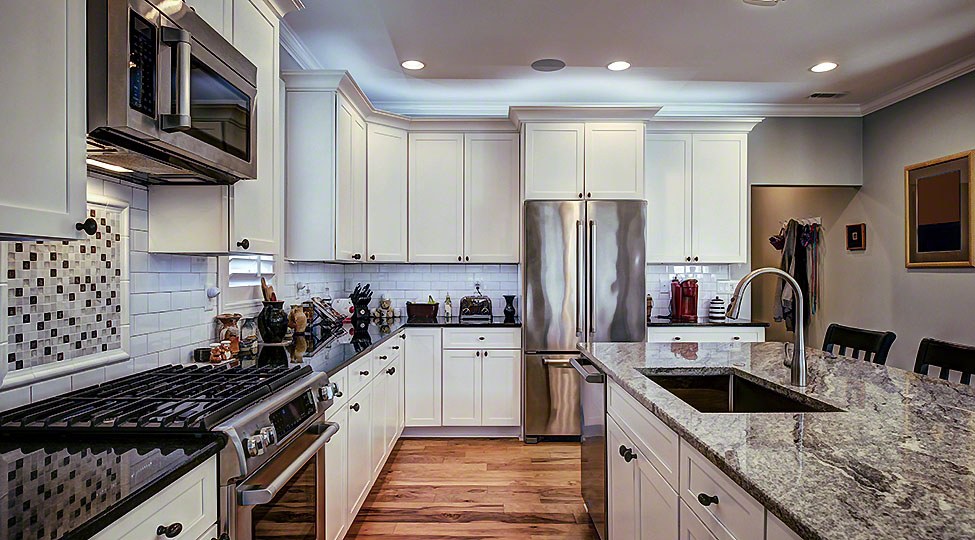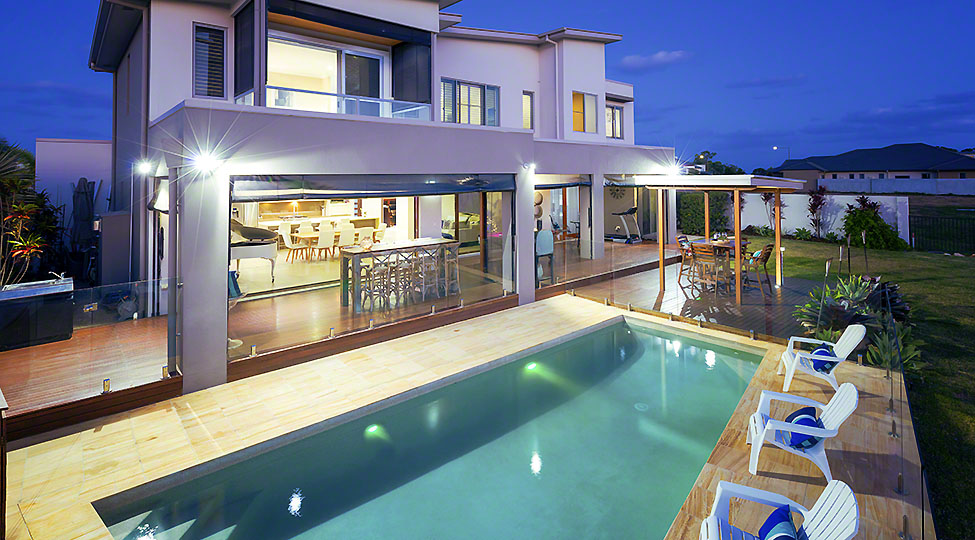Concrete is a durable material for patios and driveways, but it doesn’t have a beautiful visual appeal. It looks dry and dull. If you want to improve the appearance of your concrete patio, consider painting it. You can ask a patio contractor for help but if you want to do it yourself, it’s a very simple and easy process.
Things You Need To Paint A Concrete Patio
- Paint brushes
- Paint rollers
- Paint tray
- Roller and brush extenders
- Concrete filler
- Primer
- Concrete paint
- Masking tape
Wash The Patio
Firstly, clear up any patio furniture and other items from the area. Now, clean the patio with a pressure washer or any other method of your choice. Be sure to remove all the dirt especially grease with a scrub. Because grease bleeds through the paint and ruin the color and lifespan of the paint. Plus, look for roots, grass or anything else that’s grown on the concrete and remove it before cleaning.
For those who are repainting, remove the old paint with a paint removing solvent. This is essential for repainting, otherwise there may be bumps and uneven surface on the patio. Removing the old paint adds up to the total time of patio painting, but its necessary for having a beautiful patio. Let the patio dry after paint removal before proceeding with the next step.
Repair Cracks In Concrete
Use a wire brush to clean out cracks. First, clean the cracks and then use a masonry crack filler to repair the cracks. Depending on the filler you’re using, you should use a scraper or caulking gun with it.
However, if the concrete cracks are deep, you need to give them more time. Fill them only ¼ inch a time and let them dry. Repeat the process until the crack is filled and even with the patio surface.
Make sure that you carry out the crack filling process on a dry concrete surface for best results. Keep in mind that if the surface was recently wet, the cracks will take more time to dry than the surface.
Choose The Type Of Paint
Normal paint used for exterior walls won’t survive and will crack or peel off the concrete surface. You have to choose a paint type that is good for an outdoor concrete surface. Below are the types you can use:
- Concrete paints: They contain waterproofing and sealants and don’t allow water, grease, and other liquids to damage the paint or the surface.
- Latex paints: They are either oil or water-based paints. They are made for painting outdoor flooring.
- Masonry paints with binders and epoxies: They are good for concrete floors but don’t give a better protection than concrete and latex paints.
Choose A Paint Color
It’s easier to select a color if you consider the color of the outdoor furniture. Plus, ask a paint specialist for recommendations.
Use A Primer
With a concrete primer, you get a smooth, even surface. Without it, the surface is porous and uneven. The use of a primer is essential if the patio area is mostly damp as the primer will help the surface bind with the paint. To avoid problems, use a primer that is made for concrete.
Tape The Surroundings
You don’t want the bottom of walls or the surrounding landscape painted with the patio. Cover the surroundings with a tape or anything else of your choosing.
Follow These Steps To Carry Out The Main Process
- Apply the primer and let it dry for eight hours.
- Pour the paint into the paint tray
- Start with painting the edges of the patio
- Now apply the first coat on the whole concrete surface
- Let the first coat dry for 8 or more hours
- Apply the second coat
- Allow the paint to dry
- Wait more than 24 hours to be able to walk on it
- Wait for seven days to be able to use furniture on it
Final Word
Painting a concrete patio takes more than a week, but it’s quite easy and homeowners can do it themselves. Make sure to use the recommendations from professionals like paint specialists and patio builders Long Island to get through the process safely. Good luck painting!
